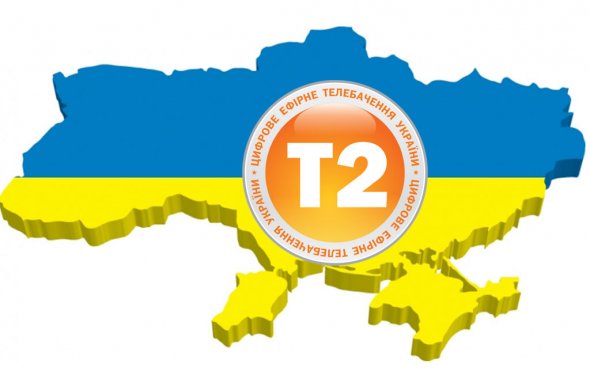Digital TV coverage

Map of uk digital terrestrial TV (DVB-T) coverage at 490MHz (Ch23 PSB1, BBC MUX).
Green signifies a stronger sign to -50dBm, blue is a weaker signal as much as -90dBm. Real protection can vary greatly as a result of ecological variations.
This layer was made from 1150 distinct websites in less than two hours making use of the Python client and API. It needed the Ofcom OSGB grid sources becoming changed into decimal lat/lon sets and also the Kw values to be changed to watts before being pasted to the CSV format ready for processing. Resolution was kept deliberately low at 600 pixels per degree given the large scale of the layer. Radius per website had been kept at a regular 40km - obviously this varies by site and ERP but during tests 30-40km had been recognized as the average selection of DVB-T towers. As a broadcast system, DVB towers are spread much more uniformly than GSM towers which cluster in urban centers. The DVB regularity range is vast and propagation results will change appropriately nevertheless the most readily useful range and hurdle penetration is to be had in the lower end - that will be apparently the reason why the BBC picked it. More obscure channels are found towards the top end of DVB range which can be a bad destination to be nowadays with 4G disturbance at 800MHz.